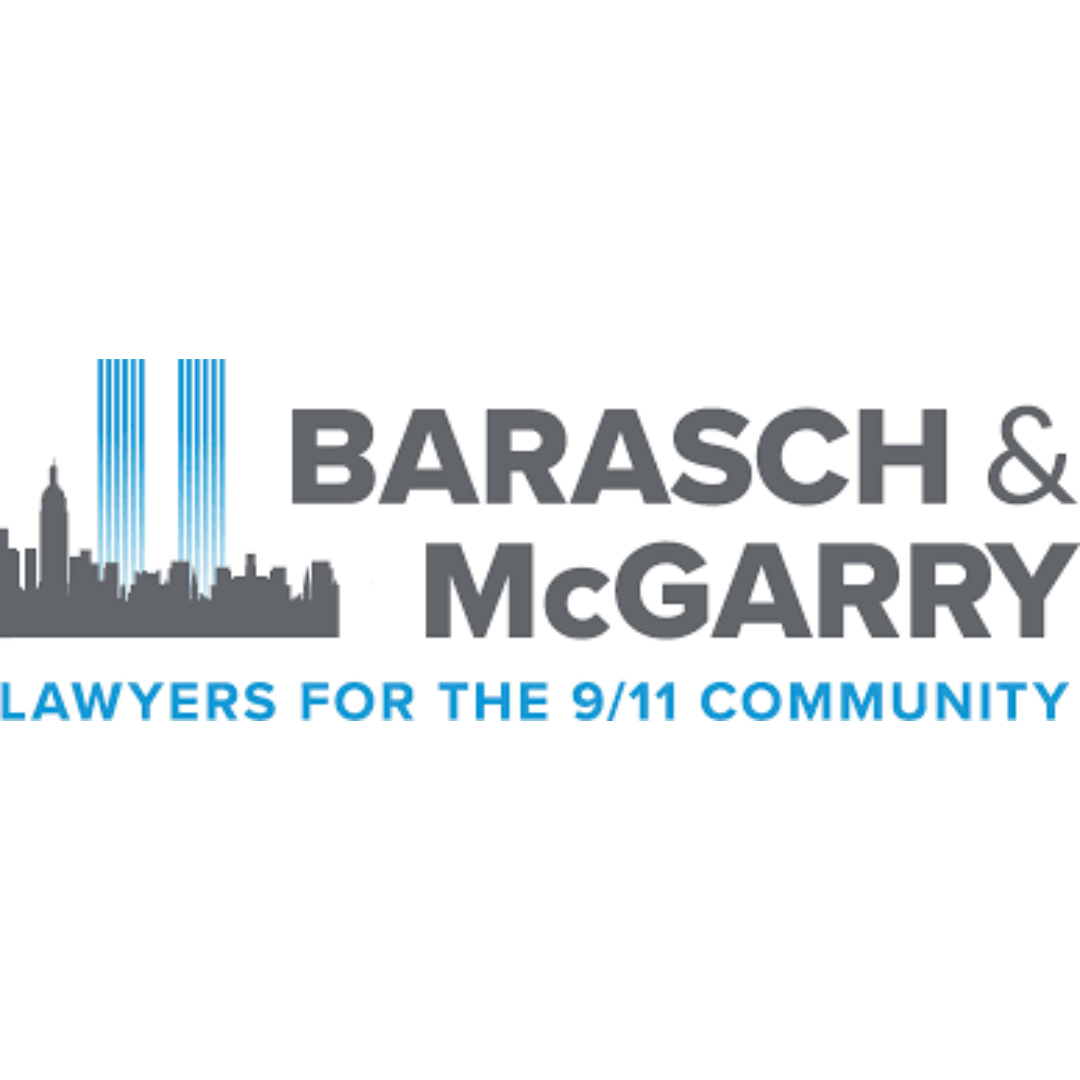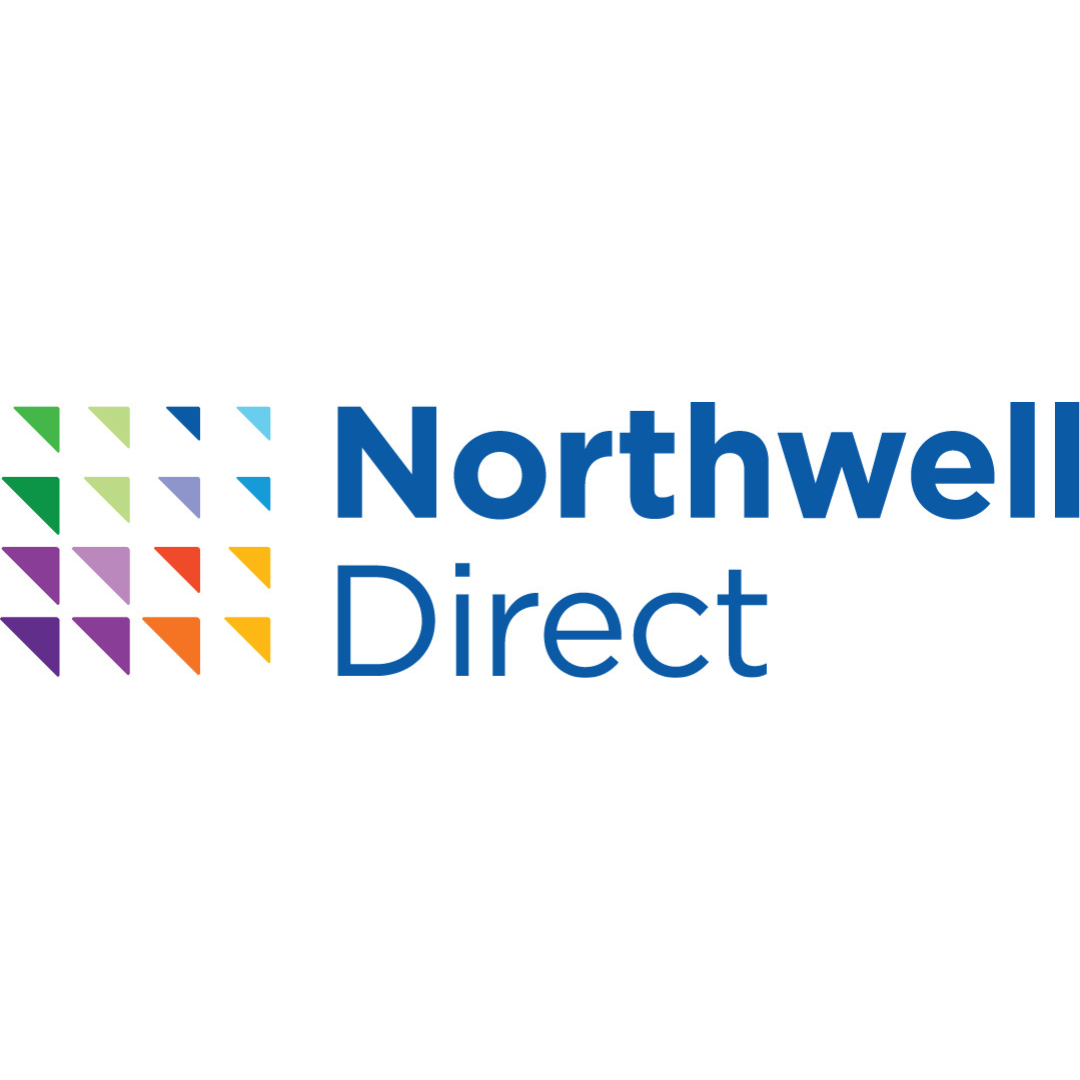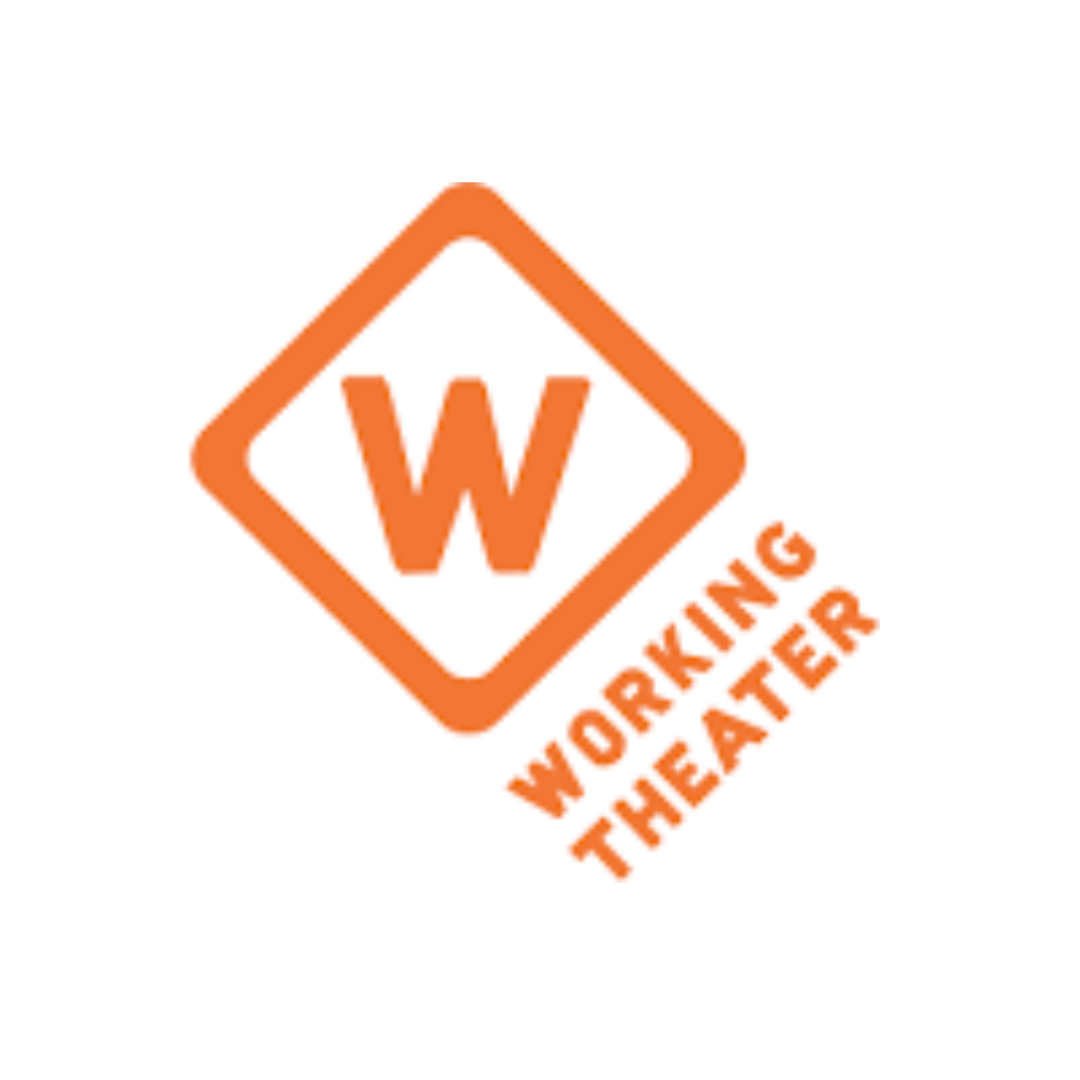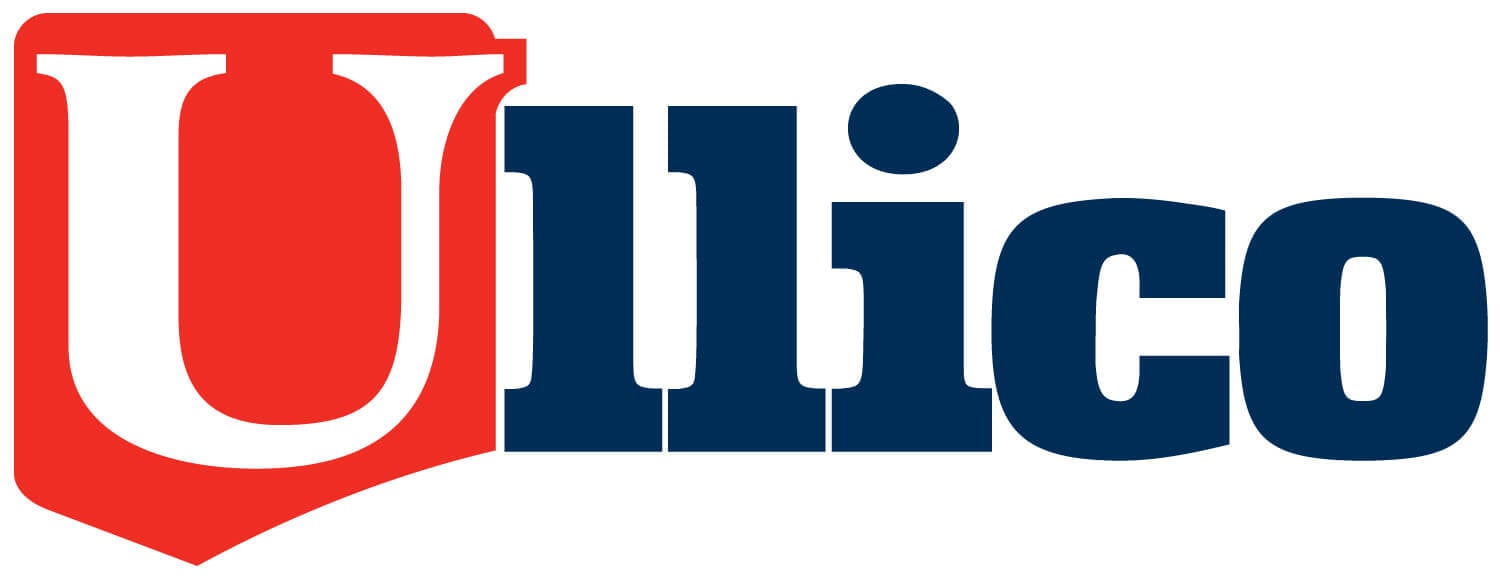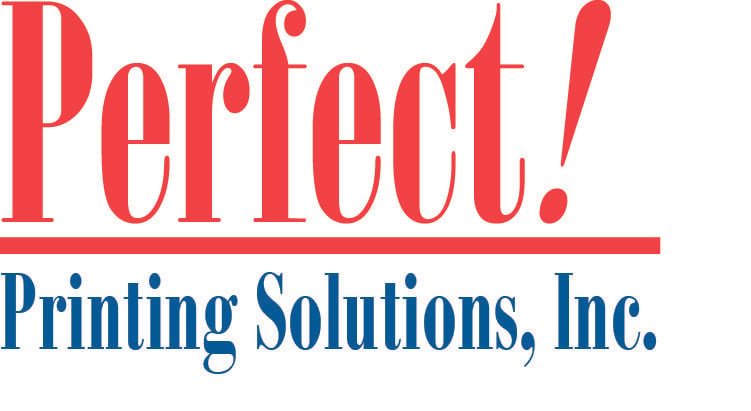Everything You Need to Know About Acute Pain and Injury
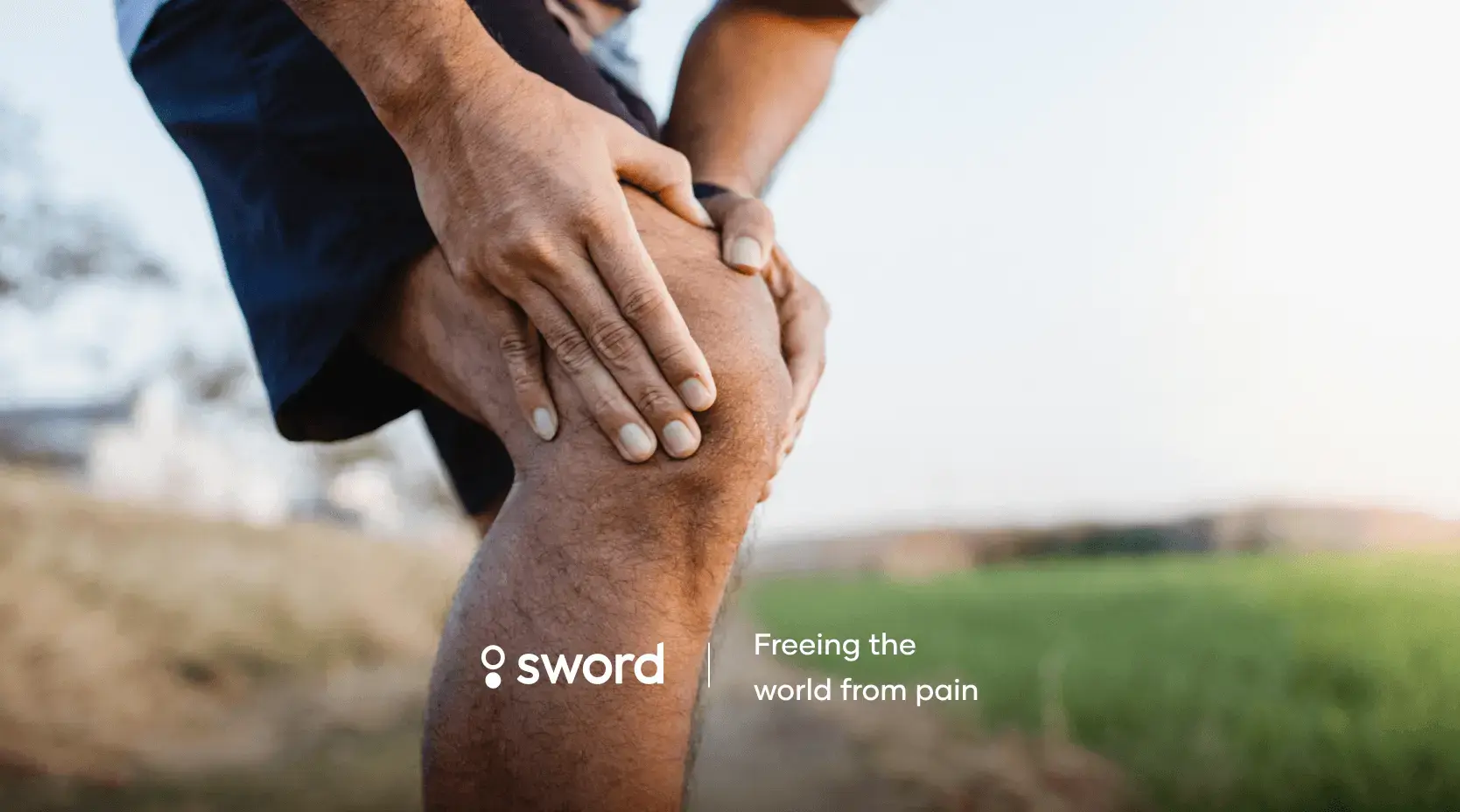
If you’ve ever had questions about acute injuries, you’ve come to the right place.
This blog is the ultimate guide to acute injuries (and the pain that goes along with them). We’ll go over:
- What acute injuries are
- How they happen
- How the body heals from them
- How you should care for them
- How to prevent them
What is an acute injury?
Imagine yourself on a hike. You’re on a beautiful but rocky trail. You take a step, your foot lands awkwardly, and you roll your ankle. Immediately you feel pain, but after a few minutes you can put weight on it and finish your walk. Later that night, your ankle feels stiff, sore, and looks a bit swollen.
Rolling your ankle is an example of an acute injury. An acute injury is one that happens quickly, usually due to a specific incident. The pain you feel when an injury happens is called acute pain. This is a new pain that develops quickly, over a short period of time.
In the majority of acute pain cases, you can identify what hurts and why it hurts. For example, you roll your ankle, so your ankle hurts. However, there are times when acute pain has a less obvious origin. Some examples include waking up in the morning with an aching neck, or having pain in your back after a long day of gardening. But even in these examples, acute pain still has a sudden onset.
Symptoms of acute pain can include:
- Sharp or stabbing pain
- Throbbing
- Burning
- Tingling
- Numbness
- Weakness
The symptoms will vary in intensity and duration, and everybody responds differently. But acute pain is typically short lived—lasting from a few minutes to a couple of weeks. And it usually disappears when the underlying cause is treated or healed.
In some cases, acute pain can persist and become chronic, lasting well beyond the natural healing process. However, you can reduce this risk with timely and appropriate management during the acute phase.
Keep reading to discover how your body heals from acute injury, and what you can do to help as it recovers.
How do acute injuries happen?
Before we dive into how your body heals, it’s helpful to understand how injuries occur in the first place.
Your body is made up of many different types of tissues, each with a different job to do. For example, bone is a type of tissue that is sturdy and strong. Its job is to provide the shape and support of your body. Muscle, on the other hand, is a type of tissue that is stretchy and springy. Its job is to contract and relax in order to move your body. No matter the job, the tissues that move your body are all designed to withstand load, or external force.
In fact, these tissues actually need some load to stay healthy and strong. Strong tissue is healthy tissue, while weak tissue can put you at a higher risk of injury. There are times when the load becomes too much for a certain tissue to handle, which is when injury occurs.
Let’s dive into a few examples of these injuries:
1. Strains
Strains are injuries to a muscle or tendon. Tendons are a thickened part of the muscle that attaches it to the bone. Many strains are mild, meaning just a small amount of tissue is torn, and you are still able to move well. Small strains heal on their own with the right care. Less common are extreme strains, where the muscle or tendon is fully ruptured and requires surgical repair.
Strains often occur in the hamstring, quad, calf, or rotator cuff.
2. SprainsSprains are injuries to a ligament, which is the tissue that connects two bones. Like strains, they range from small tears to more severe ruptures.
Sprains are commonly seen in the ankles and knees but can occur in any ligament throughout the body.
3. Fractures
Fractures are injuries to a bone. Fractures can occur suddenly, as in the case of a broken bone. But they can also occur when a great deal of repeated load over time causes a stress fracture. This is more typical with competitive runners or gymnasts.
These are just a few examples of acute injuries—cuts, scrapes, bruises, and joint dislocations are also types of acute injuries. All of these injury types can lead to acute pain.
But pain can also result from repetitive or excessive use. When we perform one motion over and over again without proper recovery, the accumulated amount of force may be too much for the tissue to bear. So, for example, that’s why your low back might hurt after a long day of gardening.
The good news is, there are things we can do to reduce our risk of injury. And when injury does occur, the body has an incredible capacity to heal. Keep reading to learn more about what you can expect as the body works to repair an injury.
How does the body heal from injury?
The moment you’re injured, your body kicks into action to start healing. And as you heal, your pain should gradually get better over time. This may be within a few days, or it may take a few months, depending on how serious the injury is.The healing process also varies depending on the injury—because each tissue has its own unique structure. But, regardless of tissue type, the cells that make up the injured tissue are damaged. Those cells release certain chemicals that let the rest of the body know that something is going on, and then the healing process moves through three overlapping stages:
1. Inflammation
The first stage of healing is inflammation. While you might think of inflammation as a bad thing, it is actually a normal and critical part of healing. During this stage, the body stops the bleeding if there is any. As the bleeding stops, your blood vessels dilate, or get bigger, to pave the way for your body’s response team, which are white blood cells. These cells break down damaged tissue and destroy unwelcome bacteria.
Imagine a damaging storm has come through the neighborhood, knocking down trees and power lines. Before you can start rebuilding, you need to first clear debris and secure the site. This is the goal of the inflammatory stage.
During inflammation, fluids brought to the injured site can accumulate. It’s common to experience redness, swelling, heat, limited range of motion, and pain as a result. These symptoms are a normal part of the healing process.
There are times when inflammation can indicate an underlying issue, however. Prolonged swelling and intense pain, or the presence of a fever can be indicative of a bacterial infection, for example. If you have concerns about your level of swelling or pain, it is important to reach out to your doctor.
2. Proliferation (also known as repair)
The next phase of healing is called proliferation, or the repair stage. It will last between 48 hours and 14 days for injuries that are less severe. During proliferation, your body switches its focus from clean up mode to construction mode, and new cells are created to replace the damaged tissue.
The newly created tissue is disorganized, making it weaker and less flexible than it will be when it is fully healed. But your pain levels will subside, and your ability to move more normally will improve.
3. Remodeling
As time progresses, your body works to strengthen and reinforce this new tissue. This is the third stage of healing, called remodeling. During this stage, the fibers inside the tissue get thicker, and they become more organized to better resist the normal forces of everyday living.
The body is incredibly resilient, and it conducts this healing process without any action from you. However, we discuss what you should do to help your body in this effort below.
How should I care for an injury?
While the body jumps into action to heal itself, it’s still important for you to take an active role in your recovery. You may have heard the popular acronym RICE as a method for treating soft tissue injuries at home. RICE stands for: Rest, Ice, Compression, and Elevation. But this is no longer considered the most effective protocol to promote healing.
Instead, experts recommend using the PEACE & LOVE method to treat acute musculoskeletal injuries at home:
PEACE guides our approach to recovery in the first few days after an injury. The main goal of the protocol is to do no harm to the injured area.
PEACE stands for Protect, Elevate, Avoid anti-inflammatories, Compress, and Educate. You can read all about the PEACE protocol—and why it can actually be important not to use ice or medication to block the body’s natural inflammatory process—in this blog post.
After the first few days of healing less severe injuries, it’s critical to get moving. Let’s dive into how to use LOVE—the second phase of the expert recommended treatment to aid your continued recovery.
- L is for Load.
Generally speaking, load is good for your body. When injury is present, load helps promote repair. Regular movement and exercise are two ways to add load, and have been shown to help the repair and remodeling stages of the healing process. Let your pain guide your gradual return to normal activities and movement. You may experience some mild discomfort, but you should not be feeling severe pain.
- O is for Optimism.
Condition your brain for optimal recovery by remembering that pain is a normal experience. Research shows that catastrophizing—or imagining the worst case scenario—can contribute to the development of chronic pain. Remind yourself that your experience is normal. It may hurt now, but it won’t forever.
- V is for Vascularization.
An important part of the healing process is allowing the new tissues that your body just built to have a good supply of nutrients. And tissues get the nutrients they need from blood. Vascularization refers to growing new blood vessels, and regular exercise can help stimulate this process. Choose pain-free cardiovascular exercises, like walking or riding a bike.
- E is for Exercise.
Movement is a powerful healer. Exercise helps to restore mobility, strength, and proprioception—which is your awareness of the position and movement of your body. Incorporate mobility, strength, and functional exercises within a comfortable zone. Whatever you do, don’t immobilize the injured area. Stay as active as your pain allows. Your body is designed to move.
Generally speaking, your body should heal less severe injuries on its own in time. But for serious ruptures, fractures, or dislocated joints, or if you’re unsure of the severity, you should seek the advice of a medical professional.
You should also seek medical attention if symptoms like pain and swelling either get worse or don’t improve at least mildly after a week, or if you experience increased redness or warmth in the area of injury.
As you’ve learned, acute pain and injuries can happen for a wide variety of reasons. But in some cases, there are precautions you can take to help make your body less susceptible. Next up, we’ll talk about what you can do to help minimize your risk of future injuries.
How do I reduce my risk of injury?
When acute pain is the result of something like surgery, childbirth, or a traumatic incident like crashing your bike, there isn’t often much that you can do to avoid it. However, when it comes to acute injuries like sprains and strains, you can do quite a bit to protect yourself and reduce your risk before it happens.
Almost every daily activity—walking, twisting, reaching, turning, lifting—requires your body to manage and adapt to normal load. Arming your body to withstand these routine stresses is the best thing you can do to reduce your risk of pain and injury.
Remember that your body is made up of different types of tissues like muscles, bones, tendons, and ligaments. The stronger these tissues are, the more capable they will be of withstanding load.
This is why strength training is extremely important—it helps reduce the risk of injury by improving the body’s ability to handle load. In turn, this provides better protection during physical and functional activities. Think of it like fortifying your house against a storm: the stronger the structure, the less likely it is to fall.Strength training workouts will look different for everyone, but they involve using various forms of resistance like free weights, machines, bands, or even body weight to stimulate muscle adaptation and growth.
But strength is only one part of the solution. Because the body is a moving thing, it also has to be mobile and flexible. Mobility and flexibility allow your muscles and joints to move through a full range of motion, making them more adaptable and resilient during activities. This can also help prevent muscle strains, joint sprains, and other injuries caused by limited mobility or sudden movements.
Building mobility and flexibility is more than just stretching. Think about the position you spend the most time in throughout the day. Then, take some time to move in the opposite direction: Are you sitting a lot? If so, stand up, lean backwards, or even take a gentle walk. If you stand most of the day, try bending over to touch your toes. Embrace some movements that are different from normal.
Sword members can learn more about flexibility, including additional exercises, in our Flexibility Academy class. (Academy is available to active Sword members via the mobile app for iOS and Android.)
Humans are designed to move. And movement isn’t just important for recovery and healing. By focusing on proactive measures, you can reduce the risk of acute injuries and create a more resilient, injury-resistant body.
Do you want access to dedicated clinical experts who can help you prevent, treat, and learn more about pain and injury? Check if you're eligible to become a Sword member through your employer or health plan.


